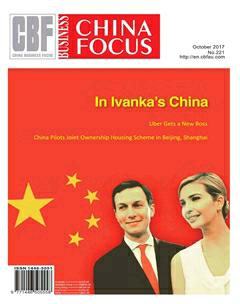Sharp Takes New Stab at Smartphone Market
Japans Sharp Corp. is mak- ing a China “homecoming”with its new line of smart phones, as part of plans by new Taiwanese parent Foxconn to diversify from its traditional strength as a contract manufacturer into a maker of products bearing its own brand names.
Foxconn, which also goes by the name of Hon Hai, purchased 66% of the struggling Sharp last year for 22.5 billion yuan ($3.3 billion), gaining control of a brand whose consumer electronics were once a major world force.
Since then it has been trying to breathe new life into the brand, including recent efforts to win back rights to the Sharp name that had been sold to Chinas Hisense Co. for North America.
In the past Foxconns main strength has been in contract manufacturing, as it makes various electronic products such as smart phones for the likes of Apple Inc. But it wants to build up its branded business, which typically carries higher margins and is less dependent on demand from third-party clients.
Sharp previously re-entered the ultracompetitive China smart phone market a year ago with the launch of its A1 and C1 models. But the company is making a new push with its Aquos S2, which features a screen that takes up a large 87.5% of the models surface.
“Now Sharp has changed to a completely new (smart phone product development) team,” said Luo Zhongsheng, CEO of Sharps smart phone unit, whose resume includes time at Foxconns own smart phone-making unit, as well as Coolpad Group Ltd. and ZTE Corp. “This represents our official homecoming to the China market.”
Japanese smart phones were once a staple in China and other global markets, but have experienced a gradual decline over the last decade and are now mostly non-players. China is the worlds largest smart phone market, with more than 100 million units in quarterly sales. It also typifies the global situation, with local brands taking three of the top five spots in the latest quarter, and the other two places going to Apple Inc. and South Koreas Samsung Group.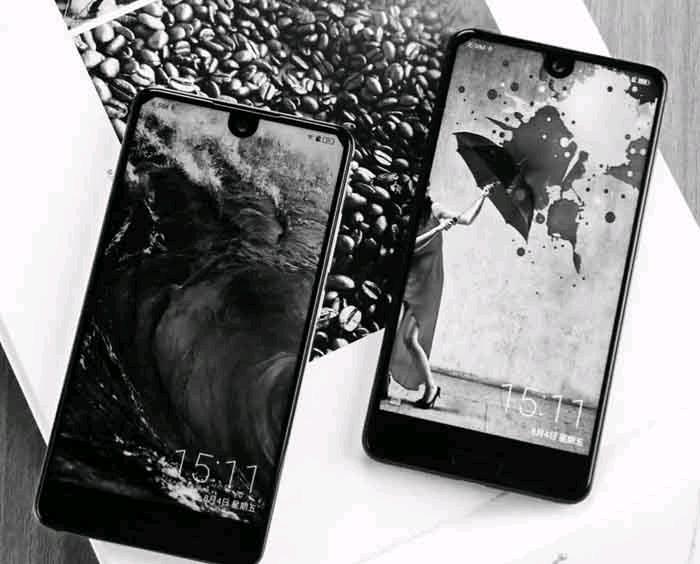
“We hope our different product designs can lift us to the top five or six in the China market,” Luo said. “But Sharp has been absent from China for a long time, so this goal could be very dif-ficult.”
Despite the new backing of a strong parent like Foxconn, which has both money and manufacturing resources, Sharp could still have a tough time breaking into the Chinese smart phone market, said Wang Yanhui, secretarygeneral of the Mobile China Alliance.
But Wang added that China is large and diverse, meaning a company whose models have distinguishing characteristics and other unusual features could find a place there.
BlackBerry Ltd and Sharp Corp Returned
Foreign smart phone brands BlackBerry Ltd and Sharp Corp returned to the Chinese market with the help of local electronics makers. The two companies hope to compete in the worlds largest smart phone market, and square up against domestic rivals such as Huawei Technologies Co and Oppo Electronics Corp.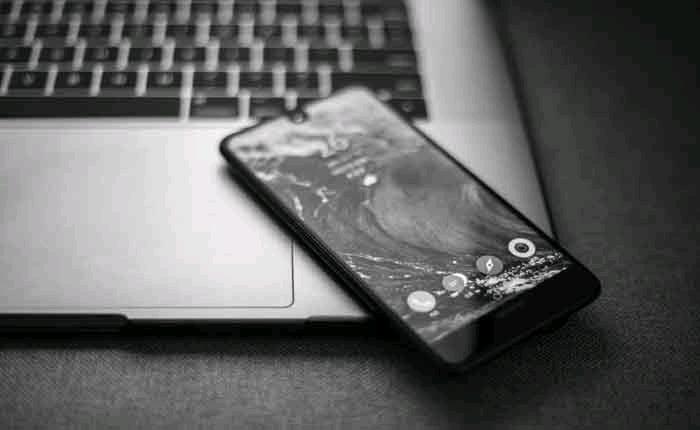
Chinese consumer electronics company TCL Corp has introduced its first BlackBerry-licensed phone-BlackBerry KEYone, aimed at the mid-and highend market. Equipped with a 4.5-inch full HD display, the smart phone possesses a physical keyboard that provides more flexibility and usable space for typing.
The move follows an agreement between the two companies in December that saw TCL become the manufacturer of BlackBerry smart phones, as BlackBerry moves away to focus on its security software business.
After years of trying to turn its smart phone business around, BlackBerry has largely ceded its global market share to its rivals such as Apple Inc and Samsung Electronics Co.
In August, Japanese electronics giant Sharp revealed its latest full-screen smart phone, Sharp Aquos S2, in Beijing.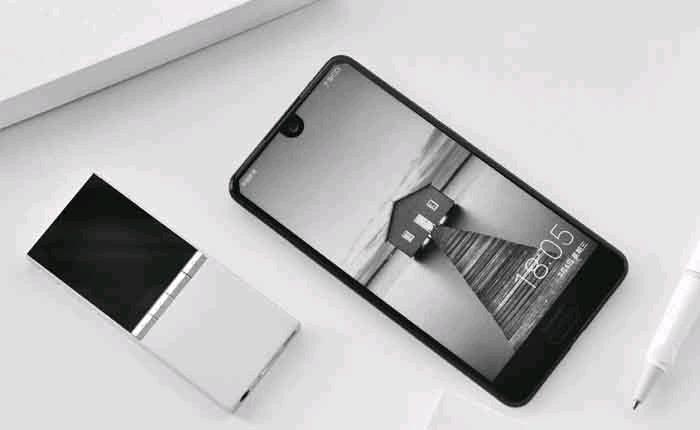
Luo Zhongsheng, a senior vicepresident of Foxconn Technology Group, said Sharp will put more ef-forts into developing full-screen smart phones.
Last year, Foxconn acquired Sharp to rejuvenate Sharps business, with an aim to expand its product portfolio, including televisions and smart phones.
Analysts said foreign smart phone brands are attracted to China by its huge market potential. However, they may encounter steep challenges as Chinas smart phone industry is witnessing a slowdown and the competition among major smart phone makers is very intense.
“At present, it is very difficult for BlackBerry and Sharp to challenge the supremacy of Huawei and Oppo, al- though Chinese consumers have some expectations for these old brands,” said Wang Yanhui, secretary-general of the Mobile Phone China Association, adding that users loyalty to smart phone brands is relatively low.
Xiang Ligang, CEO of telecom industry website cctime.com, said the brand influence of BlackBerry is much weaker, lacking competitiveness compared with local rivals. He added the newly launched smart phones of niche brands may not be accepted by consumers quickly.
A report by consultancy Counterpoint Research said smart phone shipments in China grew a modest 3 percent year-on-year in the second quarter. Huawei and Vivo were the fastest-growing brands, followed by Oppo and Xiaomi, together cementing the top four spots and extending their lead over Apple and Samsung by a widening margin, the report said.
“The top four Chinese brands now capture close to 69 percent of the market as these brands have raced ahead of international and other local brands with expansive distribution reach and exciting portfolio,” said James Yan, research director at Counterpoint.
S H A R P A Q U O S S 2
The Chinese market is something that all manufacturers probably aspire to, since its one of the biggest in the world. But its also pretty competitive as you have all other brands thinking the same.
SHARPs smart phone business has been away from China, but now they are making their return with the SHARP AQUOS S2 which is almost bezel-less with its full screen design. It was available in China on August 14.
What makes this upcoming smart phone different is that it uses FFD technology (Free Form Display) to give you better front camera and audio ex- perience. What it does is dig small holes in the screen for the front camera and receiver so that it can give you a more enhanced quality for “selfies” and also better audio quality. But wheats more important is that its 5.5-inch display screen has an 84.95% screen-to-body ratio, making it almost truly bezel-less.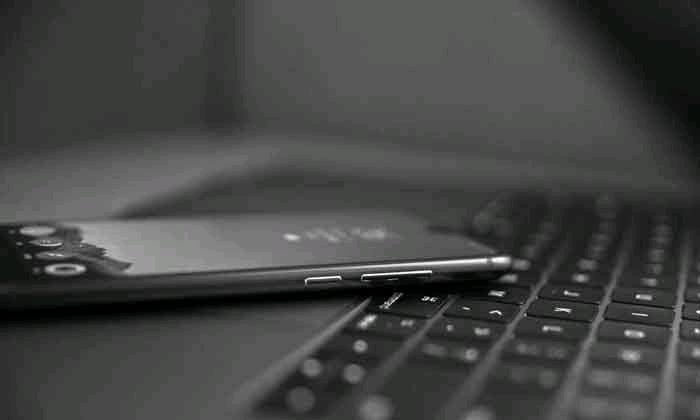
While 100% bezel less screen is the ultimate goal for a lot of OEMs, there are currently still several obstacles towards achieving that. You still have the front-facing camera, the receiver, and the front fingerprint identification to contend with. But SHARP claims that their AQUOS S2 is the largest full screen smart phone in the market right now.
This also marks the return of SHARP to the Chinese smart phone market. Their selling point is of course that hug screen, so lets see if Chinese smart phone users consider this aspect important. The launch event happens in Beijing on August 8 and a week later, it was available in the market already.
- 中国经贸聚焦·英文版的其它文章
- Li Gang Minister-level Officials on Suspicion of Serious Disciplinary Violations
- Zhang Lili Former Chairman of Tianjin Port Group Demoted for More than a Year
- Shang Yong Appointed as Deputy Director of Drug Administration
- Qin Yizhi First Secretary of the Central Appointed as the Vice Director of AQ SIQ
- China Pilots Joint Ownership Housing Scheme in Beijing, Shanghai
- China Sets Goals for Green Agriculture

